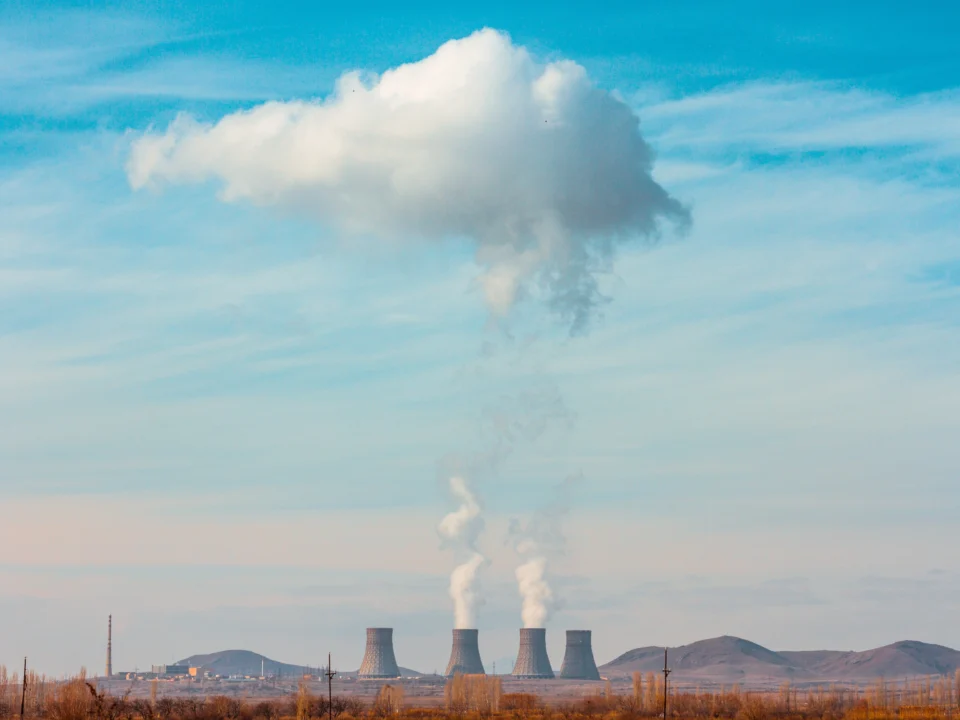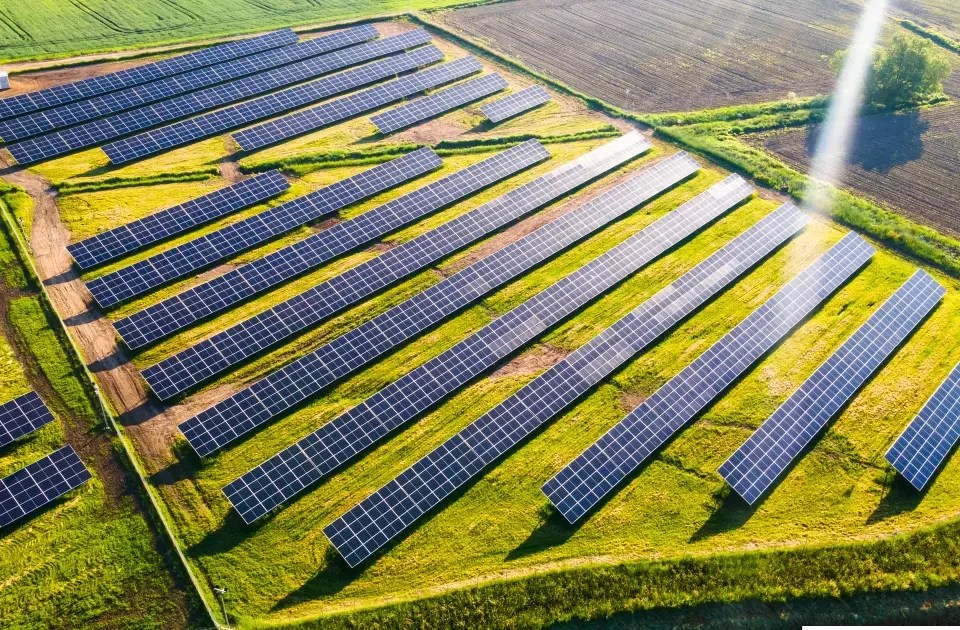It’s easy to dismiss a disaster plan in case of the worst possible scenario, but when and how
fast our lives are after learning from a pandemic and the recent increasing prevalence of
natural disasters. We don’t know if it will change. .. The backup power option is very useful
because the grid is exposed to a number of vulnerabilities, including car accidents,
thunderstorms, winds, windthrows, and even nasty squirrels that can destroy power lines.
Traditional energy providers power their homes primarily through coal and natural gas power
plants. These power plants work quite differently from PV systems in the event of a disaster, so they turn off immediately in the event of a crisis. This means that homes that rely solely on
utilities can lose electricity altogether.
If the power grid or even the power plant is damaged during a disaster, it can take several days to shut down due to the cleaning and rebuilding process. You can prepare for a complete power outage by storing emergency power from the grid and surplus power generated by your home’s solar panels. You have the option of keeping the lights on, maintaining food storage to prevent spoilage, running the medical equipment you need, and using your laptop to do your work. For many, the appeal of solar energy lies in its sustainability. This is because it significantly reduces carbon dioxide emissions and reminds us of energy independence. However, solar and backup power supplies also ensure your safety and allow you to deal with unforeseen circumstances.
According to an energy governance group called REN21, renewable energy will account for
mostly half (45%) of global electricity generation by the year 2040.
This increasing number is worthy of much happiness. Yet as renewable energy use continues to leap forward, it faces a complicated challenge: in a world accustomed to having electricity 24×7 on-demand, renewable energy’s reliance on specific weather conditions means that it offers intermittent or conditional availability, which could create a less countable overall system in the long run.
Does this mean Renewable Energy won’t be dependable sources of renewable energy in the
future? Actually, it’s Quite the contrary. Let’s take a closer look at the energy storage solutions
case and see how we can solve the problem of weather conditions and help the world get the
most from sustainable energy production which is the only way forward– all while creating even more job opportunities for specialists in the renewables & energy storage sectors. So we know it’s a win-win situation.
What is intermittent power generation?
To explain in short, intermittent generation is the irregular availability of electricity over a certain period of time. When weather conditions are less than favorable, the efficiency of renewable sources decreases, which can make electricity generation inconsistent and unreliable. Since leading renewable resource technologies like solar, hydro, wind, and geothermal power are weather dependent, they can’t provide electricity year-round as single sources because of dependency on weather conditions.




